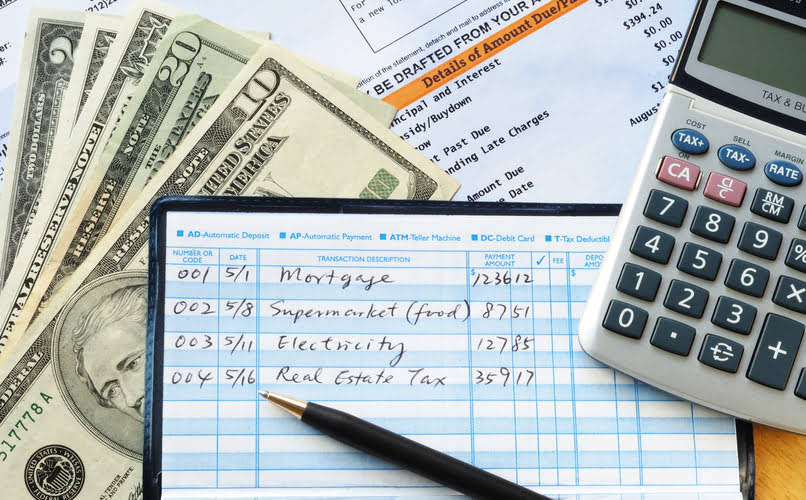How to Calculate Cost of Goods Sold Using FIFO Method

You cannot apply unsold inventory to the cost of goods calculation. In February, you bought another 10 shirts but now they cost $60 each. The first guitar was purchased in January for $40.The second guitar was bought in February for $50.The third guitar was acquired in March for $60.
FIFO or Specific Identification: Choosing the Best Way to Calculate Cost Basis on Crypto – CoinDesk
FIFO or Specific Identification: Choosing the Best Way to Calculate Cost Basis on Crypto.
Posted: Wed, 23 Feb 2022 08:00:00 GMT [source]
Simple to use, whether a business or purchasing or producing goods, the end net income is a balance between FIFO and LIFO. This article breaks down what the FIFO method is, how to calculate FIFO for your store and the key differences from LIFO. Plus, how your business can benefit from applying this inventory accounting method and how Easyship can help you simplify shipping today. Though both methods are legal in the US, it’s recommended you consult with a CPA, though most businesses choose FIFO for inventory valuation and accounting purposes.
How does the FIFO method affect a company’s financial ratios?
In this lesson, I explain the FIFO method, how you can use it to calculate the cost of ending inventory, and the difference between periodic and perpetual FIFO systems. FIFO is the best method to use for accounting for your inventory because it is easy to use and will help your profits look the best if you’re looking to impress investors or potential buyers. It’s also the most widely used method, making the calculations easy to perform with support from automated solutions such as accounting software. By using FIFO, the balance sheet shows a better approximation of the market value of inventory. The latest costs for manufacturing or acquiring the inventory are reflected in inventory, and therefore, the balance sheet reflects the approximate current market value.
When all components of a finished product can be tracked throughout their time inventory, this method can be used. However, if all items can’t be individually tracked, then FIFO, LIFO or average cost would work best. By using the FIFO method, you would calculate the COGS by multiplying the cost of the oldest inventory units with the number how to calculate fifo of units sold. The FIFO method can result in higher income taxes for the company because there is a wider gap between costs and revenue. In jurisdictions that allow it, the alternate method of LIFO allows companies to list their most recent costs first. Because expenses rise over time, this can result in lower corporate taxes.
Advantages of using FIFO
LIFO is more difficult to account for because the newest units purchased are constantly changing. In the example above, LIFO assumes that the $54 units are sold first. However, if there are five purchases, the first units sold are at $58.25.
- Anticipate how this method may evolve, staying ahead of industry shifts and ensuring continued efficiency.
- Then, since inflation increases price over time, the ending inventory value will have the bulk of the economic value.
- To do that, we need to see the cost of the most recent purchase (i.e., 3 January), which is $4 per unit.
- To get the cost of goods sold, you multiply the six shirts sold by $50.
- For example, say a rare antiques dealer purchases a mirror, a chair, a desk, and a vase for $50, $4,000, $375, and $800 respectively.
- Companies using perpetual inventory system prepare an inventory card to continuously track the quantity and dollar amount of inventory purchased, sold and in stock.
The quantity and dollar information in these columns are updated in real time i.e., after each purchase and each sale. At any point in time, the perpetual inventory card can, therefore, provide information about purchases, cost of sales and the balance in inventory to date. Companies frequently use the first in, first out (FIFO) method to determine the cost of goods sold or COGS.
Examples of calculating inventory using FIFO
For brands looking to store inventory and fulfill orders within their own warehouses, ShipBob’s warehouse management system (WMS) can provide better visibility and organization. With this level of visibility, you can optimize inventory levels to keep carrying costs at a minimum while avoiding stockouts. Following the FIFO logic, ShipBob is able to identify shelves that contain items with an expiration date first and always ship the nearest expiring lot date first. However, it does make more sense for some businesses (a great example is the auto dealership industry). For this reason, the IRS does allow the use of the LIFO method as long as you file an application called Form 970.
This method is usually used by businesses that sell a very small collection of highly unique products, such as art pieces. The average cost inventory valuation method uses an average cost for every inventory item when calculating COGS and ending inventory value. The opposite of FIFO is LIFO (Last In, First Out), where the last item purchased or acquired is the first item out. Average cost inventory is another method that assigns the same cost to each item and results in net income and ending inventory balances between FIFO and LIFO.

Trả lời